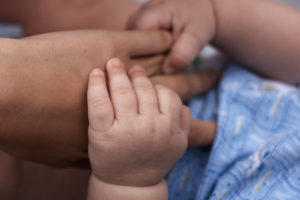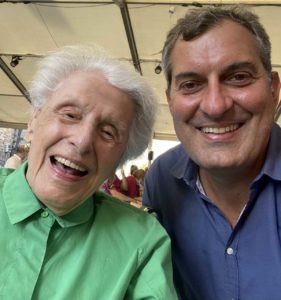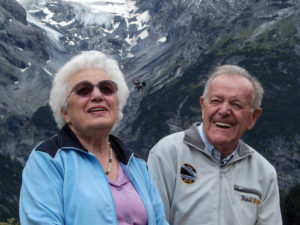The Luigi Sacco Hospital in Milan, founded in the late 1920s as a sanatorium for tuberculosis patients, before becoming a university hospital in 1974, is the point of reference for epidemiological emergencies in northern Italy. It is the first hospital to have been fully converted to deal with the coronavirus, which causes the respiratory disease Covid-19.
“‘Antonio, what do you think?’
‘What can I say? It was a great vacation, Prague is gorgeous.’
‘No, Antonio, I mean the news.’ There was a moment’s silence, the time it took my wife to bring up the breaking news on her cellphone about the first cases in the region of Lodi, in northern Italy.”
“It’s here now, too, Antonio. We’re creating an emergency taskforce, you need to get back right now.” It was 7:40am, Friday, February 21st when Antonio Castelli, 56, head of the Resuscitation Unit at the Luigi Sacco Hospital in Milan received a phone call from Giacomo Grasselli, the medical director of the Intensive Care unit at the Policlinico hospital in the same Lombardy capital city. Antonio was at the wheel of his car, alongside him, his wife, who he first met when they were medical students and who now works at the same hospital as a heart surgeon. On their way back from Prague, they had planned to stop off for a couple of days in the Austrian Alps. But Antonio’s foot never left the accelerator, he headed straight for the Brenner Pass, arriving at his ward in Milan by 2pm. He found it deserted, not a soul in sight, and he immediately realized that years of drills, simulations and studies had now become a reality. This was no movie. The time has come to shave off his beard, the beard he had been cultivating for thirty years.
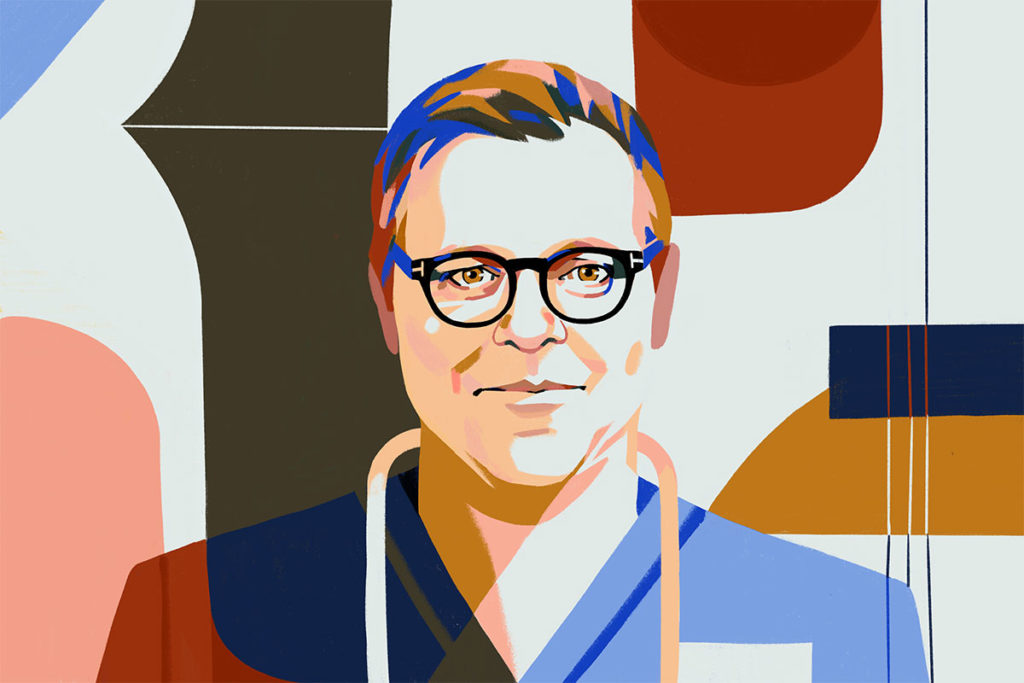
“When I entered my Resuscitation Unit, it was empty, totally abandoned, no patients, just the chaos left behind from a quick getaway. So I went to the Infectious Diseases Unit, the one run by Professor Massimo Galli, where we had simulated how we would deal with the Ebola crisis five years ago. It was a hive of activity there; in the time it had taken me to get from the Brenner Pass to Milan, they had managed to evacuate the entire ward, install four beds in a Biocontainment Unit to treat those with highly infectious diseases, and to fill them with the first patients from Codogno, the center of the outbreak in the Lombardy region. One of them – only 42 years-old – was the person dubbed ‘patient two’, linked to ‘patient one’. Everything seemed to have snowballed at an unprecedented pace. By the following Monday, February 24th, the number of beds needed in Intensive Care had increased to eleven.”
As soon as he turned his phone on at the end of his night-shift, he received a call from Giacomo Grasselli, asking him to go to the Lodi hospital to see what support they might need in the face of the dramatic escalation of coronavirus cases. Antonio jumped in his car without a second thought, no stretch of the imagination could bring him to picture what he would find there.
“I went into the Emergency Room, it was literally bursting with patients with serious respiratory problems. They were everywhere, and when I say everywhere, I mean not an inch of floor space was visible. The least serious case seemed to be a woman attached to an oxygen respirator; someone had hung a bottle of water onto her gurney, a detail which struck me as particularly humane. The place was overflowing, 70 men and women so cramped they could barely breathe. But it wasn’t chaotic; it was strangely ordered, the commitment to duty was palpable. I’ll never forget it.”
The chief medic of the Emergency Room, Stefano Paglia, had been there for eight days, he hadn’t once set foot outside during this period; he communicated with his wife and daughters through WhatsApp, and managed to snatch a couple of hours sleep between one wave of incoming patients and another. Because there were two waves of admissions per day, a dozen or so patients at a time, either in the early morning or at sundown. They were the people who, unable to sleep, had tossed and turned anxiously all night, waiting until the daybreak to seek help; or those who, seeing their condition worsening throughout the day, feared what the nighttime could bring.

Antonio Castelli met the entire staff: “Their faces were drained, exhausted, they felt no one was grasping the severity of the problem. I told them that I wasn’t there to check up on them, just to bear witness to the incredible work they were doing. I want people to know what they did in Lodi, when the town of Codogno was already on lockdown: their accomplishment was pure heroism, and I don’t use that term lightly, as so many people do nowadays. They quite literally were heroes. As they were filling me in on the situation, I was almost moved to tears by the resilience and competence of that team of doctors and nurses.” That very night, ten patients were transferred from Lodi to Sacco Hospital, with the most serious cases going to the Resuscitation Unit at Humanitas Hospital, which had freed up some places in Intensive Care. Forty-eight hours later, on Saturday, they managed to close admissions in the Lodi Hospital for one day to give the entire staff a breather.
Stefano Paglia and Enrico Storti, the chief medic at the Resuscitation Unit in Lodi, have devised a no-nonsense technique for immediately identifying patients with Covid-19, one we could christen the ‘Lodi method’, one that will go down in medical history: “It’s not based on the temperature of the patient, but on breathing difficulties, and the area it stems from,” explains Castelli. “This method was used to identify the first patients who needed to be isolated, then to distinguish between the most severe cases and the milder ones; they would have a chest x-ray, and the level of oxygen saturation in the blood would be measured after having made them walk up and down the corridors for 50 meters. That’s how they managed to deal rationally with the emergency throughout the night of February 20th.”
On the afternoon of that February 27th, Castelli wrote his report, comparing Lodi to a reef ‘constantly getting hit by waves’. It is the part of Italy that has taken the most knocks, but it is one with a low population density; the contagion needs to be contained, because if it spreads, then it could be a catastrophe waiting to happen: “If the waves go over this reef,” he wrote, “just beyond it is Milan. And we cannot allow that to happen.”
I interrupt him. Over three weeks have passed since that day, and I ask if that wave has hit Milan: “No. At least not with the same tidal force. But the chance of being overcome by a tsunami is very high. It all comes down to whether the population will stay in their homes, isolating themselves from each other. I don’t know what is happening on the outside, but I hear that the streets are finally emptying; when over the past few days I’ve seen photos of the bars along the Navigli, thrumming with people during happy hour, or people dining at restaurants, I thought it was madness, sheer madness. An omnipotent, delusional idea that young people are immune to contagion.”
A conviction that is proving hard to overturn, owing in no small part to the ages of the deceased. “Of course, most viral pneumonias affect the elderly, but young people have been infected too; let’s not forget that ‘patient one’ is 38 years-old, and that the first person he infected, besides his wife, was a 42 year-old. Both are alive, no longer on life-support, but they did do a stint in Intensive Care. There is just one solution, however old you are, and it is to reduce contagion. We can look to the Japanese for an example: culturally speaking, they tend to keep more of a distance from each other, but still, they are showing an incredible social conscience at the moment. The scenes of people fleeing to go back to their homes in the south of Italy are atrocious, if you think that many of them were bringing the risk of contagion to areas that have far less structures and resources.”
The medics of the Intensive Care Unit of the Sacco were the first to drastically modify their lifestyles: some of them chose to sleep in hotels near the hospital, returning home only once their children were safely out of harm’s way; one doctor rented an apartment for fear of infecting his family. They’re deeply concerned, they eat alone, they have explained to their children – even the youngest – why they can’t kiss or hug them; they have isolated themselves in their own homes. “I don’t sleep next to my wife anymore, I sleep on the sofa-bed, we have no physical contact whatsoever; just imagine if I suddenly started coughing at night, and realized I had contracted the virus and risked infecting her too. We eat at opposite ends of the table, we’re careful not to touch each other’s cutlery, and as soon as we finish, I make sure I’m the one who loads everything into the dishwasher.”
And their work life requires the same attention, no detail overlooked, nothing forgotten, every day requires a little bit more effort: “I keep thinking that we don’t have enough: one more bed is not enough, one more doctor is not enough, and we’ll never have enough surgical gloves. When you treat someone who is ill, you change the second glove constantly, even ten times. The first one is like a second skin, it comes up to your elbow and you never take it off when you’re working. The other one gets changed endlessly, so as to avoid the risk of contagion. When you get undressed, you use a glove to remove every article: I take off my surgical visor to clean it, and I have to change the glove; I take off my scrubs, and again, I change the glove; if I change footwear, I change the glove again. This hospital has maintained a high state of red alert, with constant drills, but we need to be careful not to be struck down by exhaustion. When it’s the middle of the night and your efforts are being concentrated on the sick, you can sometimes forget if you’ve followed every safety procedure, and that’s when anxiety strikes. You can never be too focused.”
Every single day this week, space has been made for new beds, but it seems there are never enough. “On Friday, March 6th, we were asked to double the number of beds by the day’s end. We were supposed to install 22 beds, but it was technically impossible.
We could have used another ward in the Unit, but there wasn’t enough compressed air, a vital component for attaching ventilators. It was 2:30pm when the meeting between the hospital administration and the engineers came to a close. Half an hour later the technicians filed in, and before 7pm a line of air vents with compressed air had been built into the walls. I saw an Intensive Care Unit set up at record speed. It was so well-constructed that it seemed like it had always been there, nothing unstable, no loose wiring or tubes. We’ve been asking for improvements in the ward for four years, and we got them in four hours. We only seem able to act when an emergency is on hand, never when something needs to be scheduled. It makes me angry that this country is incapable of doing ordinary things, but then capable of producing miracles.” The 22 beds were filled immediately, with people arriving from Lodi, Cremona and Bergamo, which is now the most critical hotspot.
To fight this war the Sacco has concentrated 25 doctors in the Resuscitation Unit, and the number of nurses has doubled from 30 to 60, but every day the workload intensifies. “There are plans to build another floor for intensive care, but the nurses are fundamental, without them there’s no point in calling in doctors or installing oxygen tubes, they are the ones who make the difference. As soon as this thing kicked off, they arrived en masse, on a voluntary basis, all ready to do battle. In times like these, the original motivation that made us choose this job comes to the fore in all of us.”

What if there are too people infected who need respirators, if there aren’t enough new beds? It’s not hard to envision the breaking point being close at hand. “The fundamental rule of good medicine has to be a compassionate approach to the balance of care. This doesn’t mean abandoning some patients, just distinguishing between the level of care required. It’s very important that the Italian Order of Anesthetists and Resuscitators has issued a memorandum with recommendations of medical ethics in exceptional conditions, such as the one we find ourselves in right now. A sober and frank document which, in the face of limited resources, reiterates that ‘we must prioritize greater life expectancy’.”
His 22 patients, some of them intubated face down – a technique developed in Milan by the group headed by professors Gattinoni and Pesenti, and then used all over the world – are completely sedated. “They’re all asleep, they won’t remember the pain. When they come back to thank us with a tray of pastries – because this is what will happen, in our experience – they will only remember how thirsty they were.” Of those first four patients in Codogno – who were admitted more than three weeks ago, even though it seems like a century has passed – one died after three days, two are still there attached to the machines, asleep, and one has left the ward and is breathing on his own. The road ahead is long and every day sees us adding at least one new bed in Intensive Care, so as to be ready for all eventualities”.
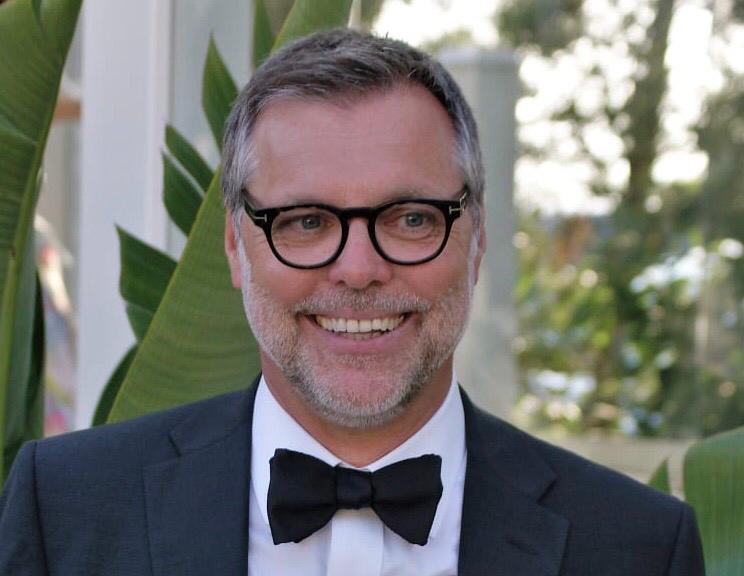
“We’re exhausted, and fear has become our constant companion since four of us – two pulmonologists and two residents – have been infected. One of the most difficult moments, the one that creates most tension, is when there is a shift change, and lots of us are getting undressed and dressed at the same time; all it takes is for someone to start coughing to cause mass alarm and for a thermometer to suddenly appear.”
“We all had beards in my ward; we shaved them off that morning so that our masks could adhere more securely. But every day in our WhatsApp resuscitators group, I repeat: ‘Remember that we’ll get our beards back. When it’s all over – because this will all be over – we’ll grow them back.’“
Translated by Sabina Zambon.
